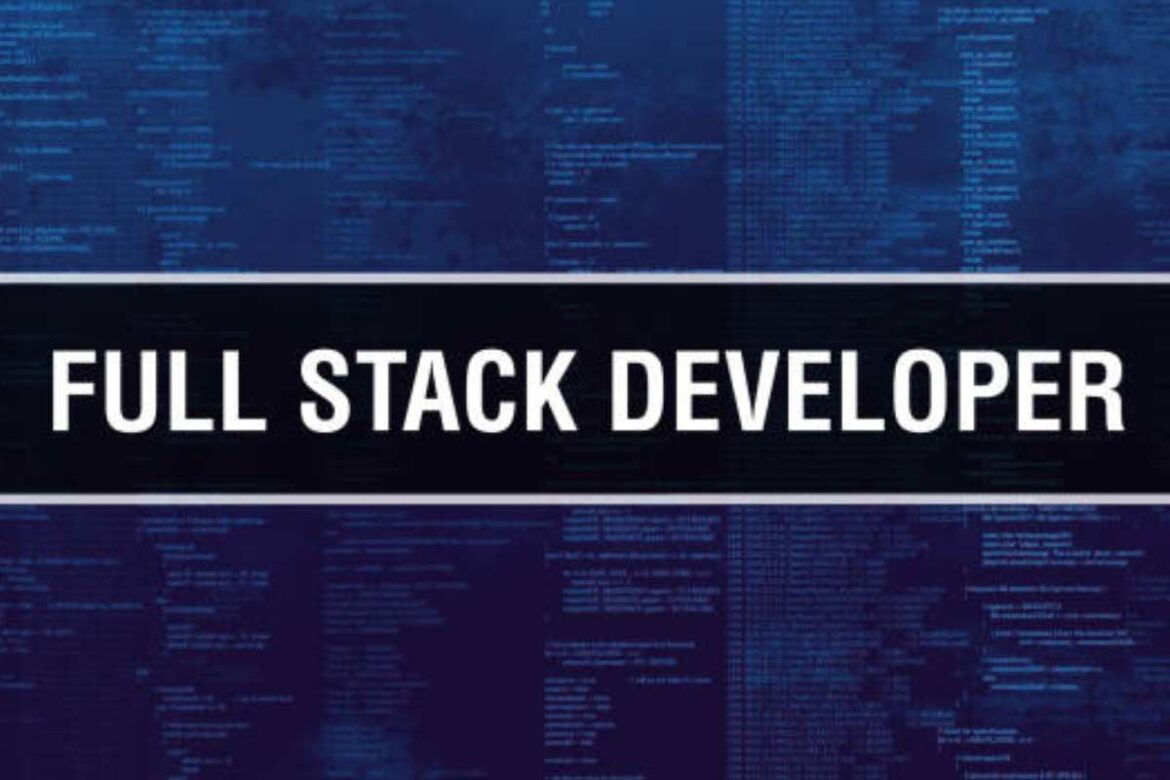Table of Contents
Day in the Code: Exploring the Routine of a Full Stack Java Developer
The role of a Full Stack Java Developer has evolved into one of the most dynamic and rewarding careers in today’s tech landscape. With the ability to handle both front-end and back-end development, these professionals are crucial for building, scaling, and maintaining robust digital applications. But what does an average workday really look like for a full stack Java developer? This blog provides a comprehensive overview of their daily schedule, challenges, tools, and opportunities. Whether you’re a tech enthusiast, a computer science student, or someone exploring a Full Stack Java Developer course, this post provides real-world insights into the life behind the code.
Introduction: The Rise of the Full Stack Developer
The demand for skilled developers who can work across the software stack continues to rise. A Full Stack Java Developer course equips professionals with the skills needed to manage server-side logic, database management, and dynamic user interfaces, making them indispensable in agile teams.
From startups to large enterprises, Java full stack developers are the go-to problem-solvers who bridge gaps between design, development, and deployment. As organisations strive to innovate faster, these developers are expected to think critically, write clean code, and collaborate efficiently, all in a single day’s work.
Let’s walk through what a typical day might look like for a full stack Java developer.
9:00 AM – Morning Stand-up and Planning
Most developers start their day with a brief team stand-up meeting, typically part of Agile or Scrum workflows. In this meeting, the team shares:
- What they completed yesterday
- What they plan to do today
- Any blockers they’re facing
The goal is to achieve alignment and focus. The developer may also gain clarity on sprint tasks and identify dependencies with team members, such as UI/UX designers, QA testers, or product managers.
10:00 AM – Reviewing Code and Prioritising Tasks
Once the stand-up ends, it’s time to dive into the codebase. This might involve:
- Reviewing pull requests from peers
- Refactoring old code for optimization
- Prioritising Jira tickets or GitHub issues
This phase also includes debugging any issues flagged in QA testing or staging environments.
11:30 AM – Backend Development in Java
The developer often spends a good portion of the morning working on the server side:
- Writing APIs in Spring Boot
- Managing databases using MySQL or MongoDB
- Integrating third-party APIs
- Ensuring business logic and authentication systems are secure and scalable
Using tools like Postman or Swagger, they test the APIs and validate responses.
1:00 PM – Lunch Break and Informal Collaboration
Lunch breaks are more than meals — they’re often moments for informal collaboration, brainstorming ideas, and staying updated on tech trends. Developers may discuss:
- New Java frameworks
- Deployment issues
- UI improvements
- Better CI/CD practices
2:00 PM – Front-end Development and UI Integration
Back at the desk, it’s time to wear the front-end hat:
- Implementing dynamic pages using HTML, CSS, and JavaScript
- Working with Angular, React, or Vue (often paired with Java backends)
- Ensuring responsiveness and accessibility
- Debugging user interface bugs across devices
Front-end tasks may also involve close collaboration with design teams to maintain brand consistency.
4:00 PM – Testing and Deployment Pipelines
As part of full stack responsibilities, the developer often participates in testing and deployment:
- Writing unit and integration tests using JUnit or Mockito
- Running end-to-end tests
- Pushing code to repositories (Git)
- Triggering CI/CD pipelines using Jenkins, GitHub Actions, or GitLab CI
They may also monitor performance using tools like New Relic, Grafana, or ELK Stack to ensure everything runs smoothly after deployment.
5:30 PM – Documentation and Updates
Before wrapping up for the day, the developer updates the documentation:
- API specs
- Versioning details
- DevOps configurations
- Wiki pages for team knowledge
This is also the time to update ticket status in the project management tool and possibly log learnings for future sprints.
6:30 PM – Learning and Upskilling
The tech world evolves rapidly. Many Java developers spend their evenings:
- Attending webinars
- Contributing to open-source projects
- Learning new libraries or languages
- Exploring advanced topics through Java Full Stack Developer courses
These learning moments are crucial to stay ahead in a competitive field and grow into tech leads or architects.
Conclusion
The life of a full stack Java developer is a blend of creativity, logic, collaboration, and continuous learning. It’s a role that never sees a dull moment, with responsibilities spanning databases, user interfaces, security, testing, and deployment.
Pursuing a Java full stack developer course not only opens up opportunities in diverse industries but also equips learners to handle real-world projects with confidence. In a digital-first world, these developers are the builders of tomorrow’s software and solutions, coding by code and committing by commit.
As technology continues to advance, full stack Java developers will remain vital players in shaping the future of digital innovation.

